
How Today’s Closeout Delivers Enterprise-Grade Inventory of Unlocked Phones, Shipped Fast
The wholesale phone market is a fascinating industry, filled with complex...
17th Aug 2025

TodaysCloseout is the global leader in premium wholesale phones, offering carrier and manufacturer direct New, Refurbished, and Used R2 & ISO devices from top brands like wholesale iPhones, Samsung, Motorola, Google Pixel, BLU, TCL, and more. We deliver targeted solutions to meet your mobile needs.
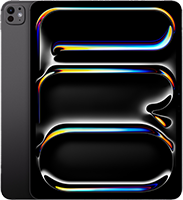
We ship a huge selection of wholesale tablets, including Apple iPads, Samsung Galaxy Tabs, BLU, TCL, and other top brands direct from the source. From 8" to 14", Wi-Fi to 6G, we supply the new and used tablets you need, delivered to your door whenever you need them.
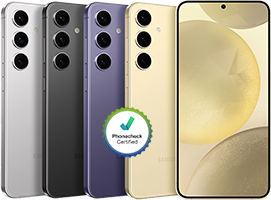
Save big with used, CPO, and factory refurbished mobile devices. With our commitment to quality, rigorous testing, and unmatched reliability, you can access unlocked wholesale phones at a budget-friendly price. The opportunities are simply limitless.
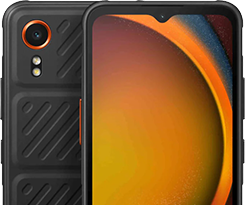
We provide Enterprises with custom wireless devices for businesses in industries including healthcare, transportation, logistics, retail, hospitality, defense & much more. As an Android Enterprise Partner, we design, deploy, and manage custom phones tailored directly for your needs. With millions of wireless phones distributed, we help businesses manage their mobile systems.
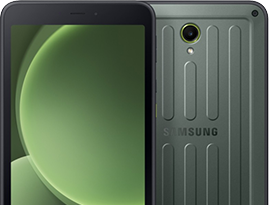
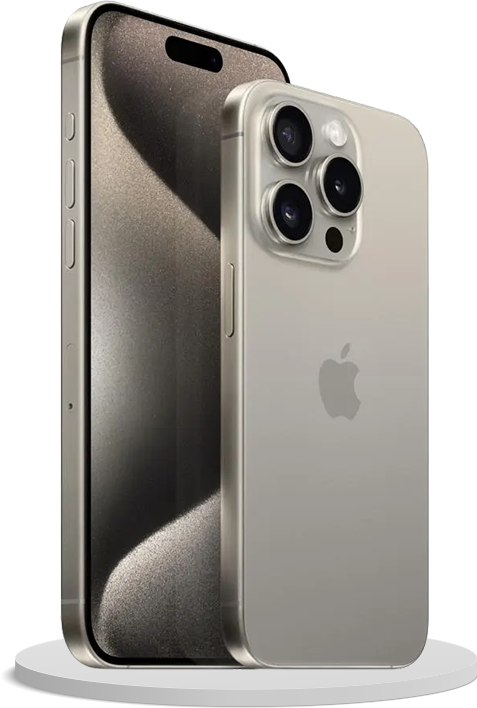
Certified Samsung Knox technicians, delivering advanced security to safeguard your devices and data, streamlining device management, and empowering your organization with full control over your mobile operations
As your certified Android Zero-Touch Enrollment partners, we simplify your deployments and configuration of wholesale Android devices, ensuring smooth integration for your business.
We specialize in premium customized packaging & logo stamping, tailored to your unique branding needs, always delivering a rewarding and impactful branded experience
However you need your wholesale phones delivered, including multiple locations, our experienced global logistics team ensures timely, precise, and reliable delivery.
We offer wholesale buyback solutions for mobile phones, helping your business or organization refresh, renew, and upgrade its device deployments.
Finding the right products can be challenging, especially if they're discontinued. With 25+ years of experience, our unmatched networks ensure we can source the items your business needs.
Whether you're deploying a mobile app or need support with Mobile Device Management (MDM), we are your trusted guides & partners, delivering precise solutions tailored to your needs.
Our in-house mobile software experts bring extensive experience in customizing & configuring devices to meet your specific requirements and needs.
Our clients are more than partners—they are our friends. Your success matters deeply to us, and we are dedicated to supporting your projects, goals, and aspirations in every way possible. We proudly serve a diverse range of clients, including Fortune 500 companies, big-box retail chains, high-volume e-commerce businesses, cybersecurity firms, government agencies, educational institutions, charities, healthcare providers, financial institutions, and family-owned retail stores. We truly value and appreciate each one of you, and wish you the greatest success.













We are here to support you in every way possible. Reach out to us, and we will be there for you.

In today’s world, speed is everything when it comes to products, & we pride ourselves on moving quick!

Our pricing is highly competitive, even below wholesale. Reach out to us we’ll provide the pricing you need

Each phone undergoes a thorough inspection and testing process by our skilled technicians.

Welcome to Today's Wholesale Closeout, your premier destination for wholesale cell phones! Offering a wide selection of top brands and models, we’re your go-to source for all your wholesale smartphone needs. Based in Miami, Florida, we joyfully serve local customers & ship globally. Whether you're growing your mobile phone store, boosting your inventory as a retailer, or operating as a wholesaler, you’ll find wholesale used cell phones and bulk lots of Wholesale iPhones at unbeatable prices and quality!
See some of our valued clients reviews.
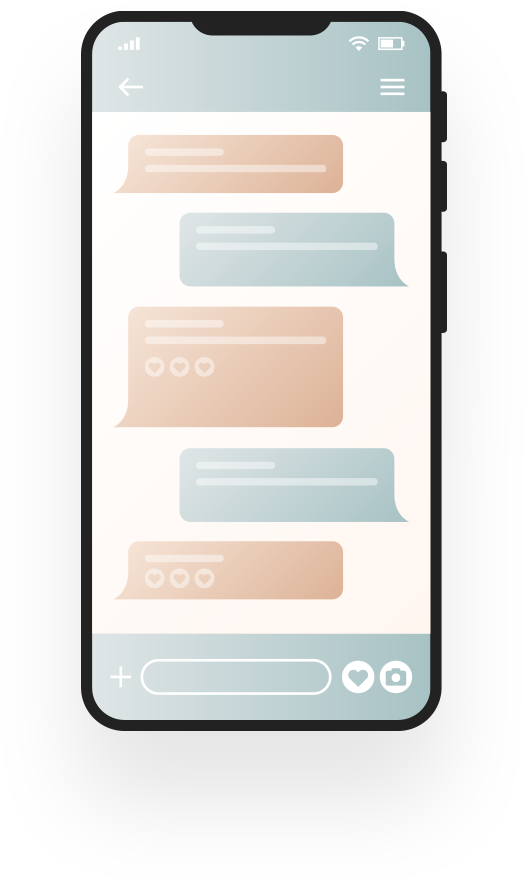
Please discuss any quantity changes with your account manager.
Please take your tracking number from your invoice & paste it into Google.
Please contact your account manager immediatley if you have any concerns about your order arrival.
Please contact your account manager ASAP if you have any concerns about your order contents.
At Today’s Closeout, we provide an extensive stock of wholesale iPhones, Samsungs, Xiaomi, Huawei, LG, Motorola and other A-stock smartphones. Our goal is to provide a consistent inventory, stocked with the latest, most popular, and most affordable wholesale phones. Our members have access to the most coveted phones on the market at below wholesale prices.
Wireless dealers use us as a one-stop shop to stock their inventory with Wholesale iPhones and unlocked Samsung phones. All of our devices go through rigorous testing, thorough cleaning, sanitization, R2 & ISO Certification and repackaging. In fact, some of our devices come with their original parts and accessories. Additionally, many of our devices are unlocked, giving consumers freedom to choose their carrier. Unlocked phones have no ties to particular carriers and do not have the bloatware installed by most major carriers.
Today’s Closeout has worked in the wireless industry since the 1990s and has helped lay the foundation for many global wholesale wireless distribution companies. We understand what you need and have an extensive inventory of wireless solutions waiting for you. Make an order with us at any time of day or night; we take orders 24-7.


17th Aug 2025

4th Aug 2025

31st Jul 2025